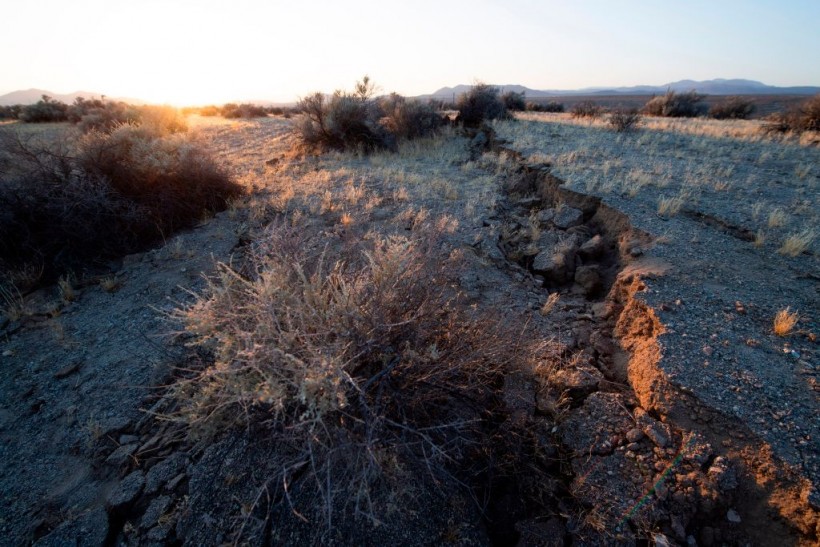(Photo : Photo credit should read ROBYN BECK/AFP via Getty Images)
A shallow earthquake hit Tennessee on Wednesday morning, roughly 4 miles west of Pittman Center, not far from the border of North Carolina, according to USGS.
The magnitude 2.6 event in Eastern Tennessee had a depth of only 0.6 km. Meanwhile, an ongoing swarm in South Carolina had gone quiet, Weatherboy reported. Last May, two earthquakes rattled western Tennessee contained within a regionally active seismic zone, according to the weather news website. It turns out that the active seismic zones were previously unknown. The said earthquakes struck just a week after a few had hit the eastern portion of the state.
While earthquakes are more common in western Tennessee than eastern, three other earthquakes were reported near the location of the recent quake's epicenter, with magnitudes 2.1 to 2.3, near Wildwood and Tellico Village.
Swarm in South Carolina
After the magnitude 2.6 situation in eastern Tennessee, a swarm in South Carolina which began December 27, 2021, with a magnitude 3.3 earthquake centered near Elgin, appears to have gone quiet. The state has been home to over 40 earthquakes since then, with more than 47 low-magnitude earthquakes within the Elgin-Lugoff area, the strongest being a magnitude 3.6 a week ago.
"Swarms are usually short-lived, but they can continue for days, weeks, or sometimes even months," USGS said, noting that a swarm is a sequence of mostly small earthquakes with no discernable mainshock.
However, the recent shaking in South Carolina does not seem to fit the typical definition of a swarm since the first event in Elgin was "substantially larger than the rest". Normally, aftershocks of a magnitude 3.3 earthquake would have only lasted a few days, but they had more than a week.
"Aftershocks occur near the fault zone where the mainshock rupture occurred and are part of the 'readjustment process' after the main slip on the fault," says USGS.
Although there have been multi-day pauses in the swarm in South Carolina, experts warn that earthquakes could return without notice. The state's officials have announced scheduling a special earthquake meeting as quakes continue to shake the state.
Also read: Listeria Outbreak in Across 10 States Linked to Ice Cream Brand from Florida
Next Major Earthquake?
Earthquakes are known to strike more in Western states, but earthquakes in the East tend to cause higher-frequency shaking, according to USGS. In fact, one of the largest earthquakes to strike the United States occurred not far away from the recent event in Tennessee.
Scientists warn that a next major earthquake is to strike this area and residents may not be prepared for that.
At dawn on December 16, 1811, a powerful 8.1 quake that rocked northeast Arkansas - now known as the New Madrid Seismic Zone - was felt over much of the eastern United States, in places like New York City, Washington, DC, and Charleston, SC. The ground shook for an unbelievably long 1-3 minutes in areas hit hard by the quake, such as Nashville, TN and Louisville, KY.
Ground movements were so violent the ground was liquified with dirt and water, thrown into the air by tens of feet. Intense aftershocks created significant damage and deaths, but the lack of scientific tools and news gathering of that era prevented scientists from capturing the full magnitude of what had actually happened.
Related article: Populated Area in Australia Gets Flooded with Nearly a Year's Worth of Rain
© 2024 NatureWorldNews.com All rights reserved. Do not reproduce without permission.


![Tsunami Hazard Zones: New US Map Shows Places at Risk of Flooding and Tsunamis Amid Rising Sea Levels [NOAA]](https://1471793142.rsc.cdn77.org/data/thumbs/full/70325/280/157/50/40/tsunami-hazard-zones-new-us-map-shows-places-at-risk-of-flooding-and-tsunamis-amid-rising-sea-levels-noaa.jpg)



